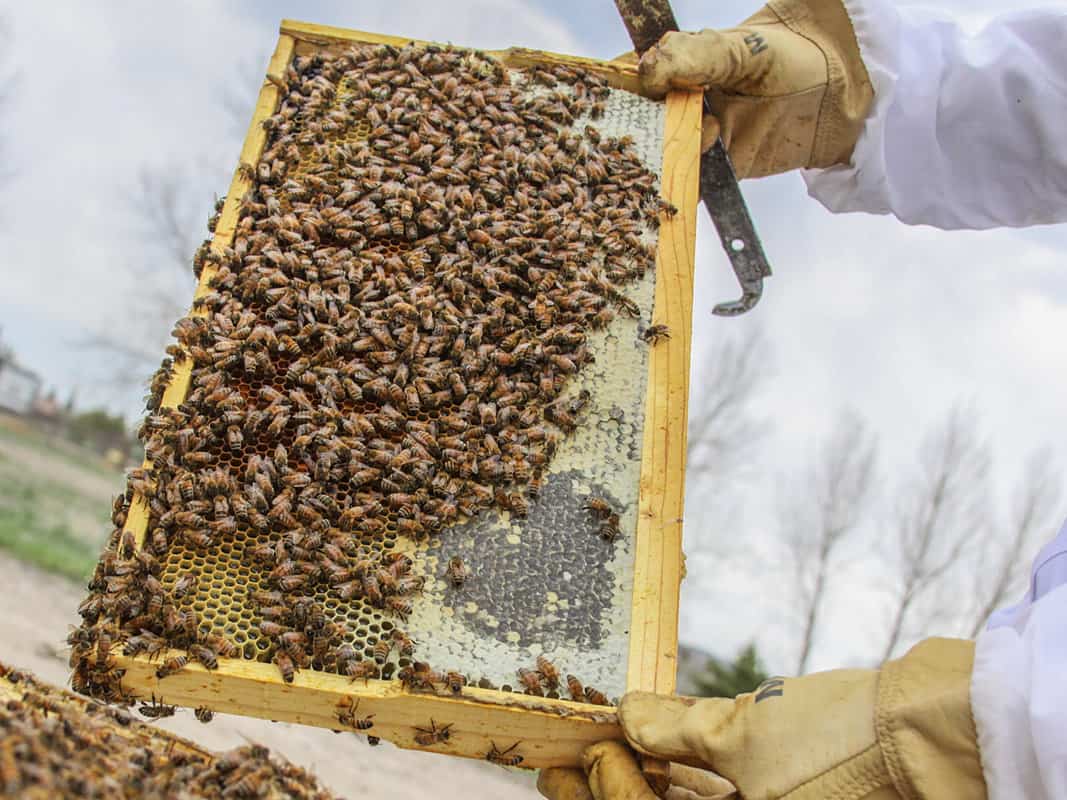Beekeeping opens up a world of possibilities for anyone who wants to protect the environment and cultivate a healthy bee colony. Bees are a vital part of the environment, and beekeeping is an activity that can help protect bee populations and promote the health of bee colonies. This article will provide an overview of beekeeping principles and techniques, and will explore the power of a healthy bee colony. By unlocking the secrets of beekeeping, you can help ensure a healthy and productive bee population.
What is a Bee Colony?
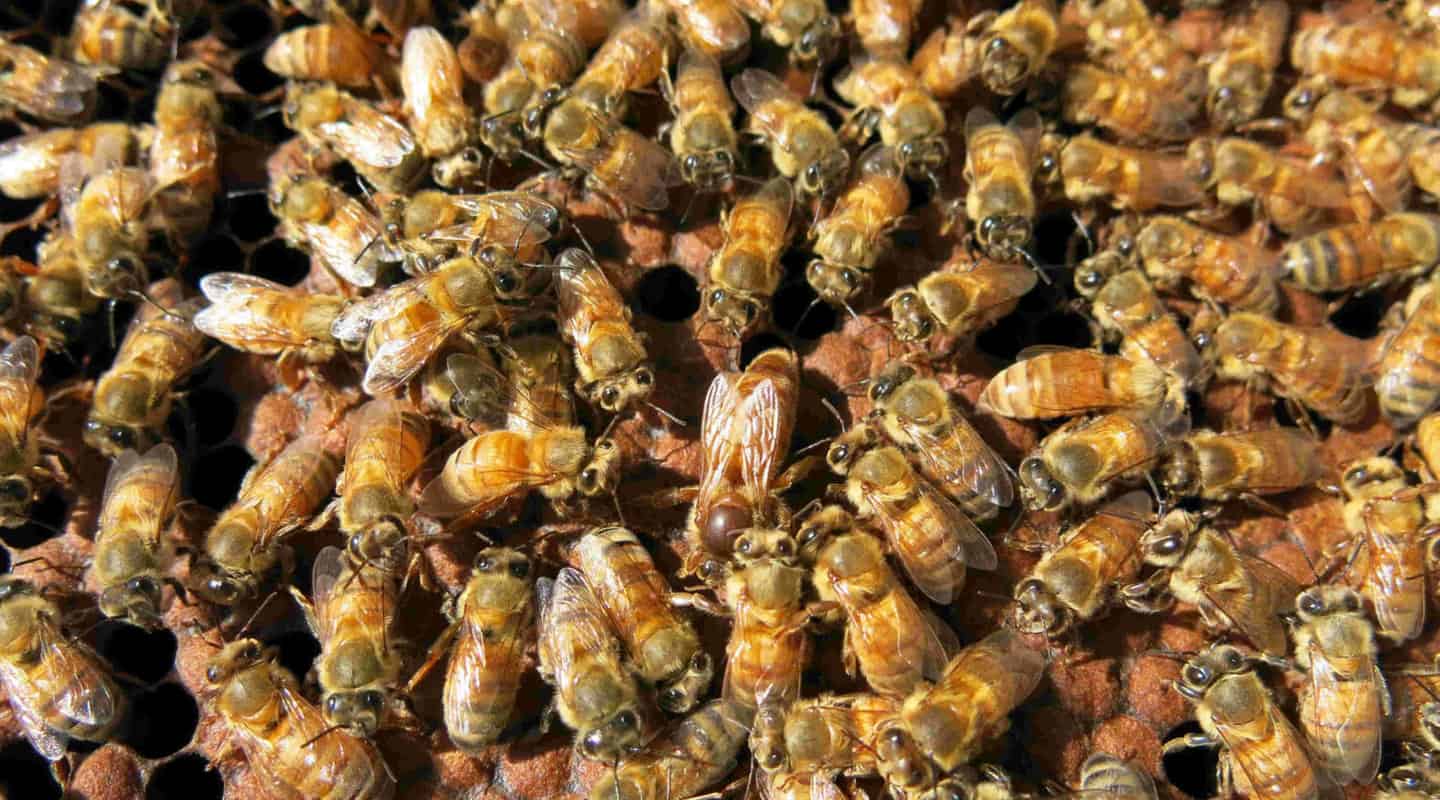
A bee colony is a group of honeybees that live together as a single unit. It consists of a single queen bee, a few hundred drones (male bees) and thousands of worker bees, all of which are related to one another. The honeybee colony works together as an organism, with each bee playing an important role in the functioning of the colony. The queen bee is the only egg-laying female in the colony, while the drones fertilize her eggs and the worker bees perform various tasks to maintain the colony.
The honeybee colony’s primary function is to ensure the survival of the species by collecting nectar, pollen, and other plant materials to make honey and other products to sustain the colony. They also defend the colony from predators, build and maintain their hive, and communicate with each other through a variety of methods.
The health of a bee colony is essential in order to ensure its survival and productivity. Beekeepers use a variety of techniques to promote the health of their colony, such as providing adequate nutrition and shelter, and monitoring for pests or diseases. Additionally, beekeepers must ensure that the colony has a sufficient number of worker bees to carry out its tasks, and that the queen is healthy and productive.
- Queen Bee – The only egg-laying female in the colony
- Drones – Fertilize the queen’s eggs
- Worker Bees – Perform various tasks to maintain the colony
Steps To Take for a Healthy Bee Colony
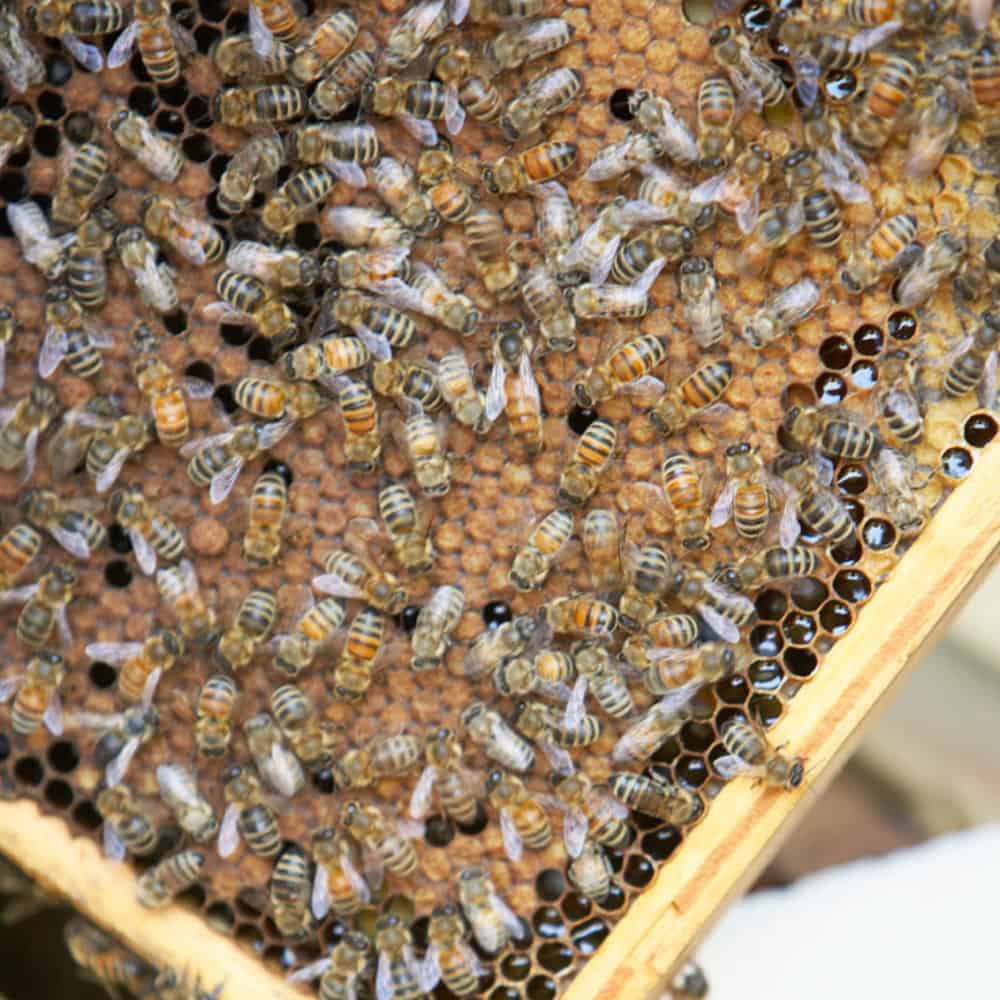
- Install healthy colonies of bees: Before you start beekeeping, make sure to get healthy colonies of bees. To do this, you can purchase pre-made bee colonies or create your own with a nucleus colony.
- Provide ample food sources: Make sure to provide a wide variety of food sources for your bee colonies. This includes flowers, fruits, and other sources of nectar and pollen.
- Ensure adequate ventilation: Adequate ventilation is essential for bee health. Ensure that your bee colonies have access to plenty of fresh air.
- Maintain a clean and healthy hive: Make sure to regularly inspect and clean your beehives to prevent the spread of disease.
- Monitor the colonies: Monitor your bee colonies on a regular basis to ensure they are thriving and healthy. Pay attention to signs of disease, such as abnormal behavior and dying bees.
- Provide protection from predators: Predators can be a major threat to bee colonies. Make sure to secure the hive from predators, such as bears and skunks.
- Keep bees away from pesticides: Pesticides can be deadly to colonies of bees. Make sure to keep your bee colonies away from pesticide-treated areas.
Beekeeping can be a rewarding and enjoyable hobby, but it is important to pay attention to the health of your colonies of bees in order to ensure their long-term success. By following the above steps, you can unlock the power of a healthy bee colony.
The Benefits of Having a Healthy Bee Colony
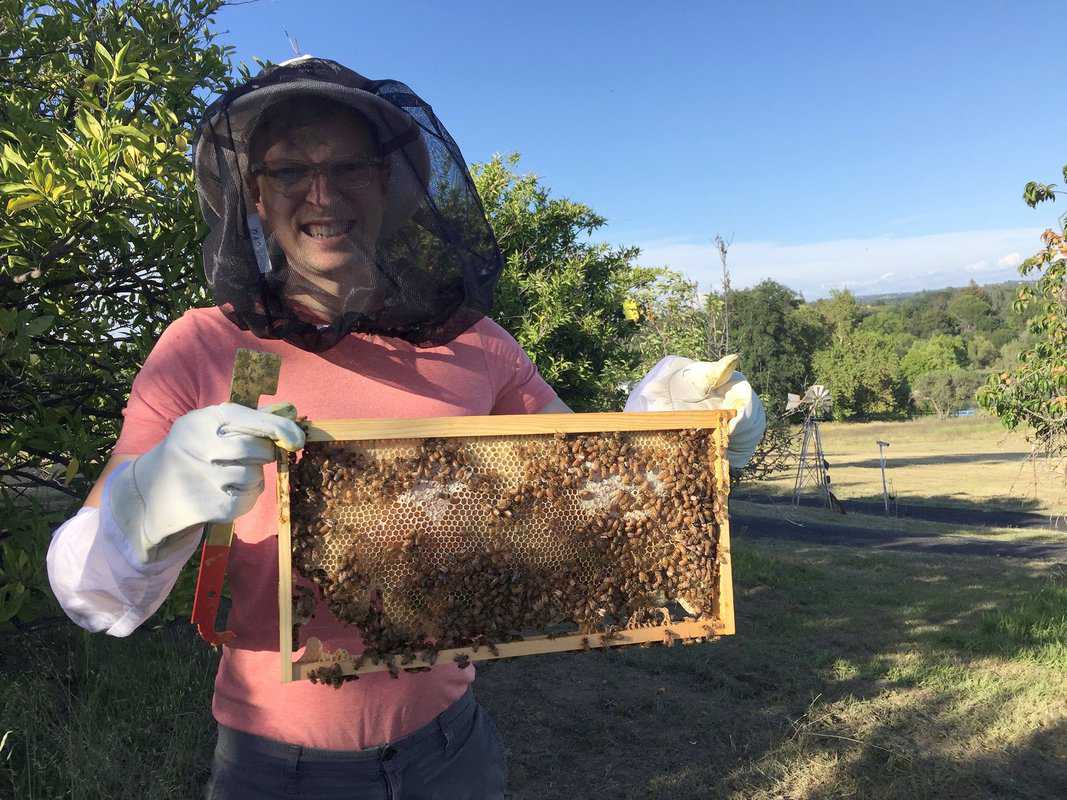
Honey Production
Beekeepers rely on healthy honey bee colonies to produce the sweet liquid gold we call honey. A strong, healthy colony produces more honey than a weak colony. Strong colonies are also capable of storing more honey, which is essential for getting through winter and other times of decreased food availability.
Pollination
Honey bees are some of the most important pollinators on the planet. A healthy bee colony is capable of pollinating greater amounts of plants and flowers, which helps to support a healthy ecosystem.
Bee Products
Besides honey, beekeepers can harvest and use other products produced by healthy bee colonies. Bee pollen, propolis, beeswax and royal jelly can all be harvested from healthy honey bee colonies. These products are used for a variety of purposes, from health and wellness to cooking and cosmetics.
Challenges of Beekeeping
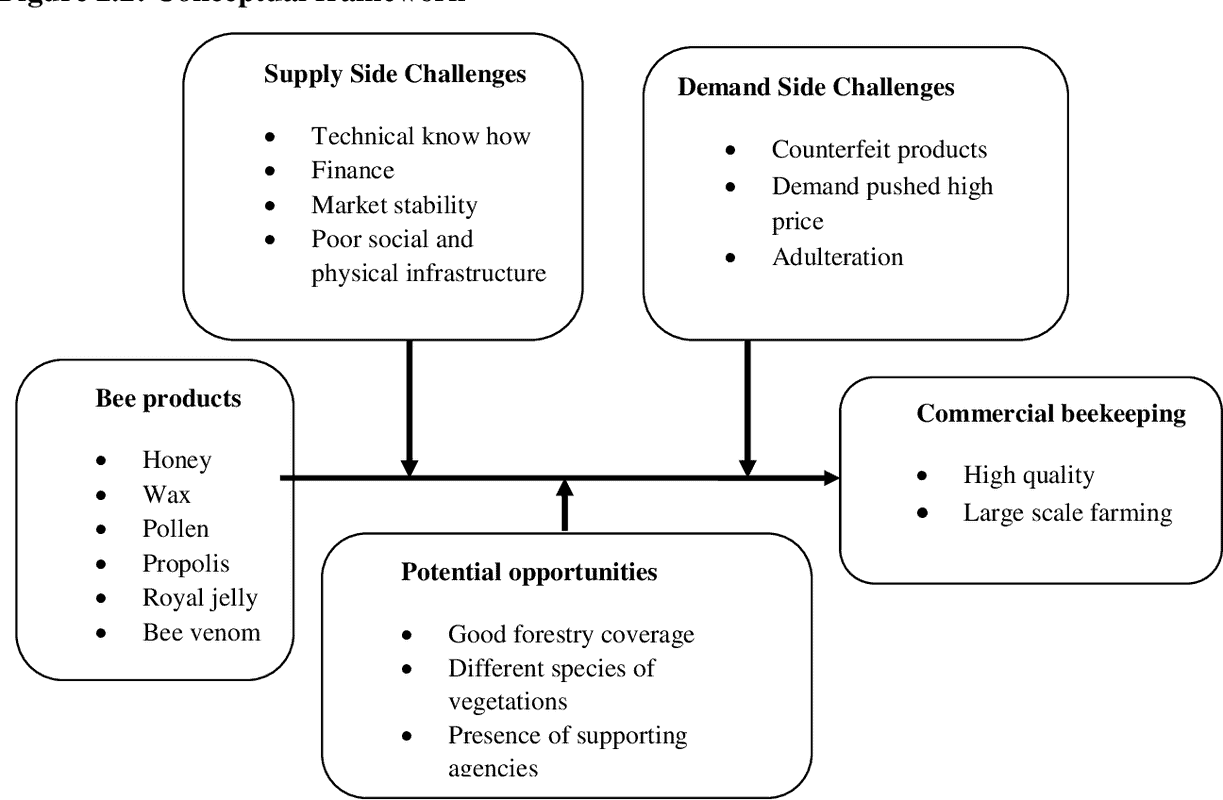
Varroa Mites
Varroa mites are a major challenge for beekeepers as they are a major cause of honey bee colony losses. Varroa mites feed on the bees, weakening and killing them, which can ultimately lead to the collapse of the bee colony.
Diseases
Diseases such as American Foulbrood and European Foulbrood can spread quickly through a honey bee colony and cause significant losses. Beekeepers must be vigilant in monitoring their bees for signs of disease, and take action to prevent it from spreading.
Predators
Bears, skunks, and other wildlife can be a threat to bee colonies. Beekeepers must take measures to protect their colonies from these predators.
Weather
Weather can have a significant impact on honey bee colonies. Extreme temperatures, high winds, and heavy rain can all adversely affect the health of the colony. Beekeepers must be prepared to act quickly and take steps to protect their bees from the elements.
Best Practices for Beekeeping
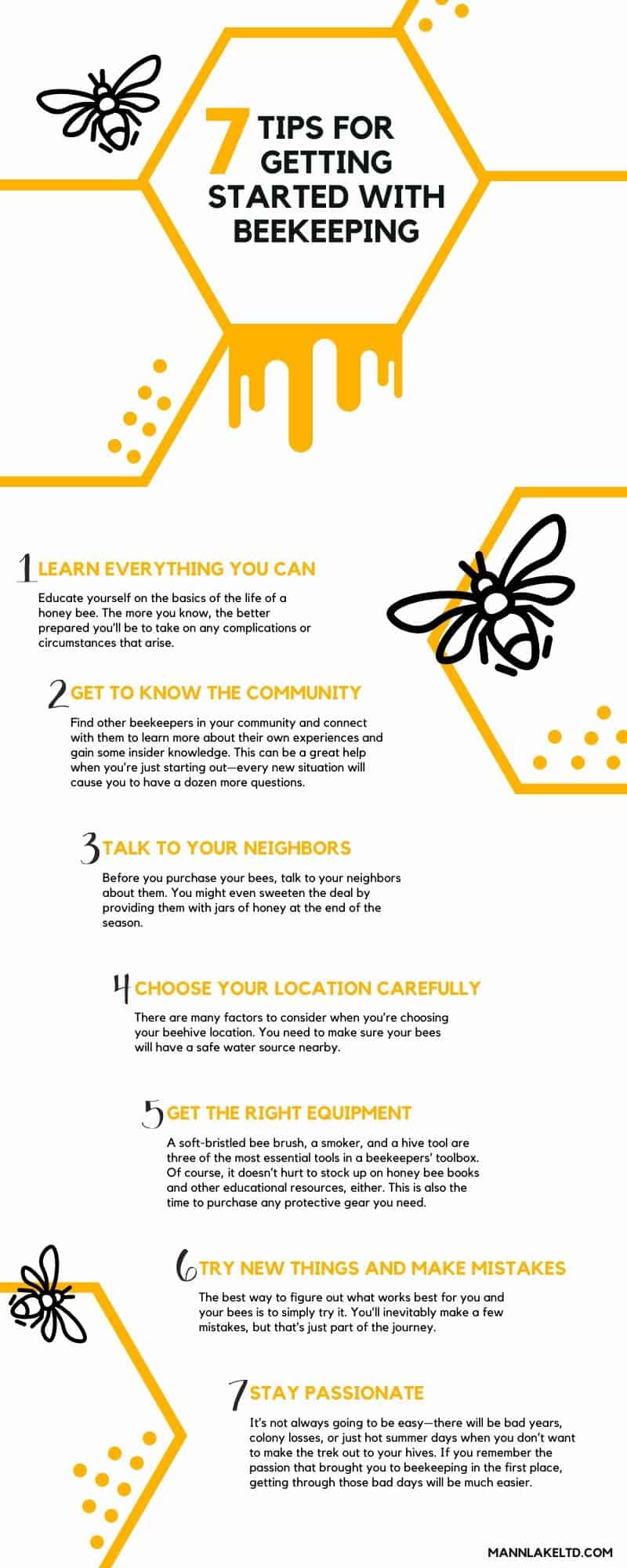
Bee Nutrition
Bee nutrition is essential for a healthy bee colony. Providing bees with a variety of pollen and nectar sources will help ensure that they have the resources they need to thrive. Planting bee-friendly flowers and shrubs in your garden will attract foraging bees and provide them with a steady source of nutrition.
Hive Management
Hive management is key to keeping a healthy bee colony. Inspecting the hives regularly, monitoring for pests and diseases, and providing enough space for the bees to store their honey and lay their eggs are all important tasks that should be undertaken.
Hive Ventilation
Proper ventilation is essential for a healthy bee colony. An inadequate ventilation system can cause temperatures to become too hot or too cold, both of which can be detrimental to the bees. Ensuring that there is enough air flow through the hive is one of the most important steps in keeping bees healthy.
Hive Location
Choosing the right location for your hive can have a significant impact on the health of your bee colony. Place the hive in an area that is sheltered from strong winds and direct sunlight, and make sure it is close to a reliable source of water.
Hive Equipment and Supplies
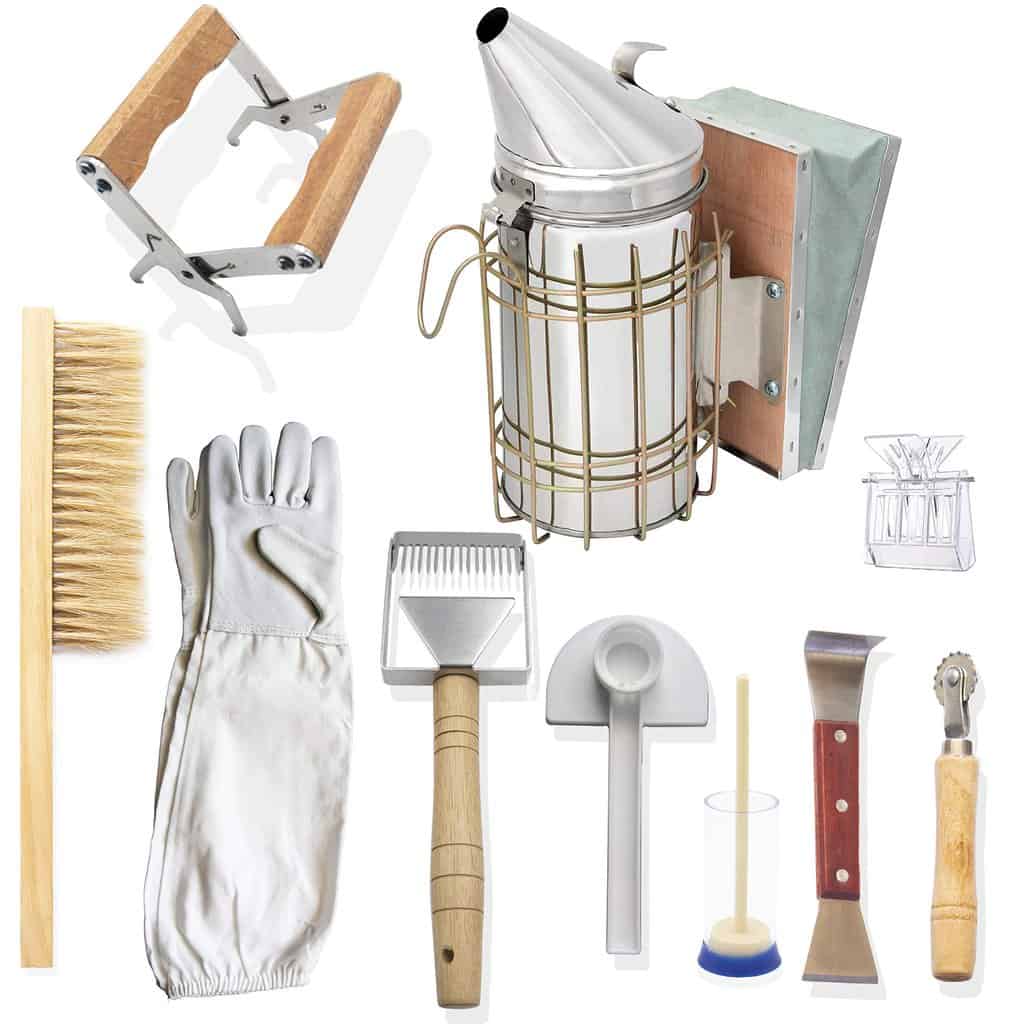
Bee Suits
Bee suits are essential for any beekeeper. They protect the beekeeper from stings and provide a layer of protection against bee venom. Bee suits are usually made of lightweight cotton, polyester, or nylon. The suit should be snug-fitting, with elastic cuffs and ankles, and a veil or hood to protect the face and neck.
Feeders
Feeders are used to provide supplemental nutrition to the hive. There are several types of feeders available, including frame feeders, boardman feeders, and division board feeders. Frame feeders are placed inside the hive and are filled with sugar syrup or other food sources. Boardman feeders are placed outside the hive and can hold a variety of foods, including pollen, nectar, and honey. Division board feeders consist of a board with several slots for inserting food sources.
Hive Tools
Hive tools are used to manipulate the hive and are necessary for any beekeeping operation. Common hive tools include hive lifters, hive scrapers, and hive brushes. Hive lifters are used to lift the hive off the ground for inspection. Hive scrapers are used to remove propolis and debris from hive walls and frames. Hive brushes are used to gently remove bees from the frames.
Smokers
Smokers are essential for any beekeeper and are used to calm the bees before handling the hive. Smokers produce a smoke that masks the alarm pheromones released by the bees when they sense a threat. When using a smoker, it is important to use a fuel that produces a cool, white smoke. Common fuels used in beekeeping smokers include wood chips, pine needles, and corncobs.
Beekeeping is a fascinating and rewarding hobby that can provide a source of fresh, natural honey. Taking the time to learn the basics of beekeeping, such as the proper use of hive equipment and supplies, will help to ensure the health of your bee colony and the success of your beekeeping operations. With the proper knowledge and equipment, beekeepers can unlock the secrets of beekeeping and unlock the power of a healthy bee colony.
The Importance of Bee Preservation
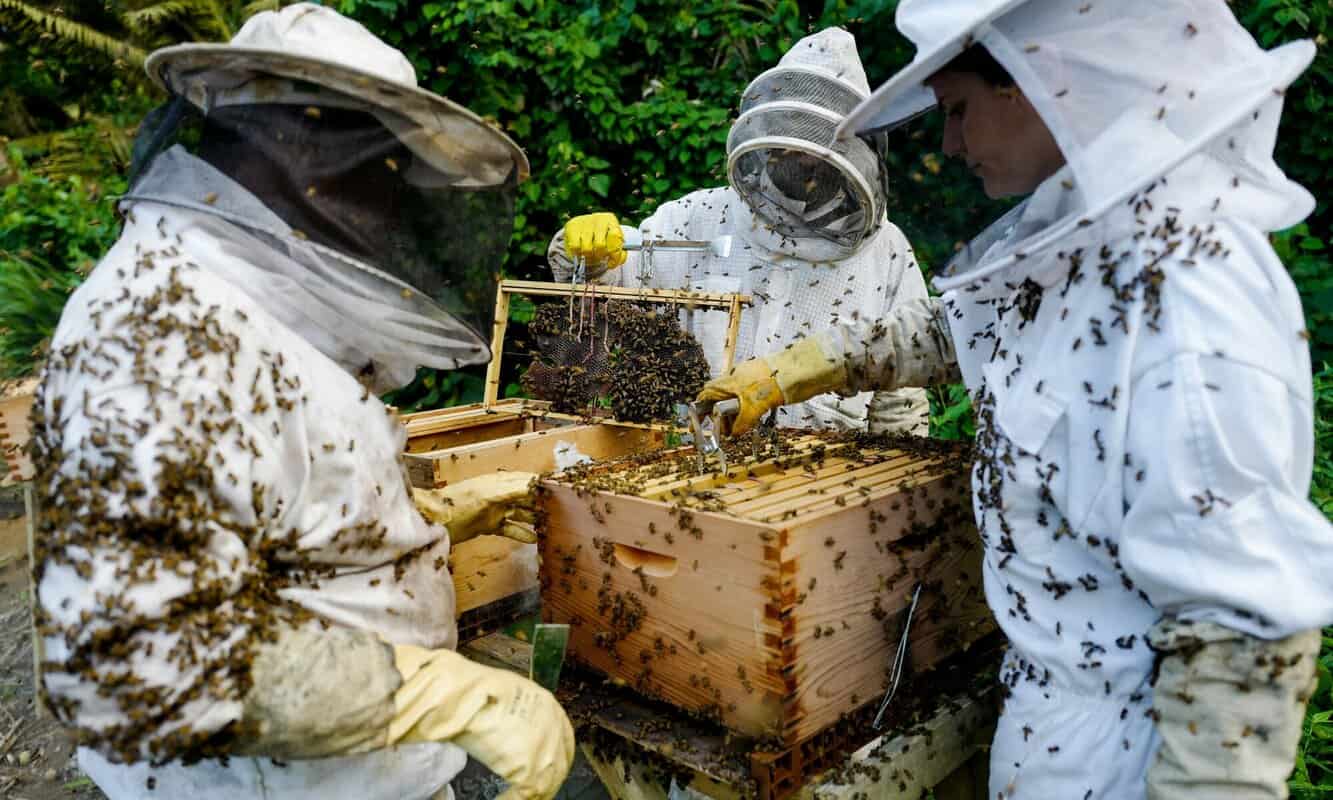
Bees play an integral role in our environment and agriculture, and their preservation is of utmost importance. In addition to providing honey, bees are responsible for pollinating a third of the world’s food crops including blueberries, apples, and almonds. Therefore, preserving bee colonies is essential for sustaining a healthy, diverse food supply.
Moreover, bees help to preserve the balance of nature by aiding in the pollination of wild plants and flowers, which in turn, helps to support biodiversity and a healthy ecosystem.
Given the importance of bees to the environment, beekeepers must take steps to ensure the longevity of their bee colonies. This includes providing a safe, comfortable living environment for the bees and protecting them from pests, disease, and pesticides. Additionally, beekeepers should monitor the health of their colonies regularly and ensure they have access to high-quality nutrition.
Finally, beekeeping is a long-term commitment and beekeepers must stay dedicated to the preservation of their colonies. This includes being mindful of the health and safety of their colonies, as well as being aware of any new threats they may face.
Beekeepers who take the necessary steps to ensure the preservation of their bee colonies will ultimately benefit from a healthier, more productive bee colony.
Conclusion: Bee preservation is essential for sustaining a healthy environment, food supply, and bee colonies. Beekeepers must take steps to ensure the longevity of their colonies by providing a safe living environment, monitoring their health, and staying dedicated to their preservation.
Conclusion
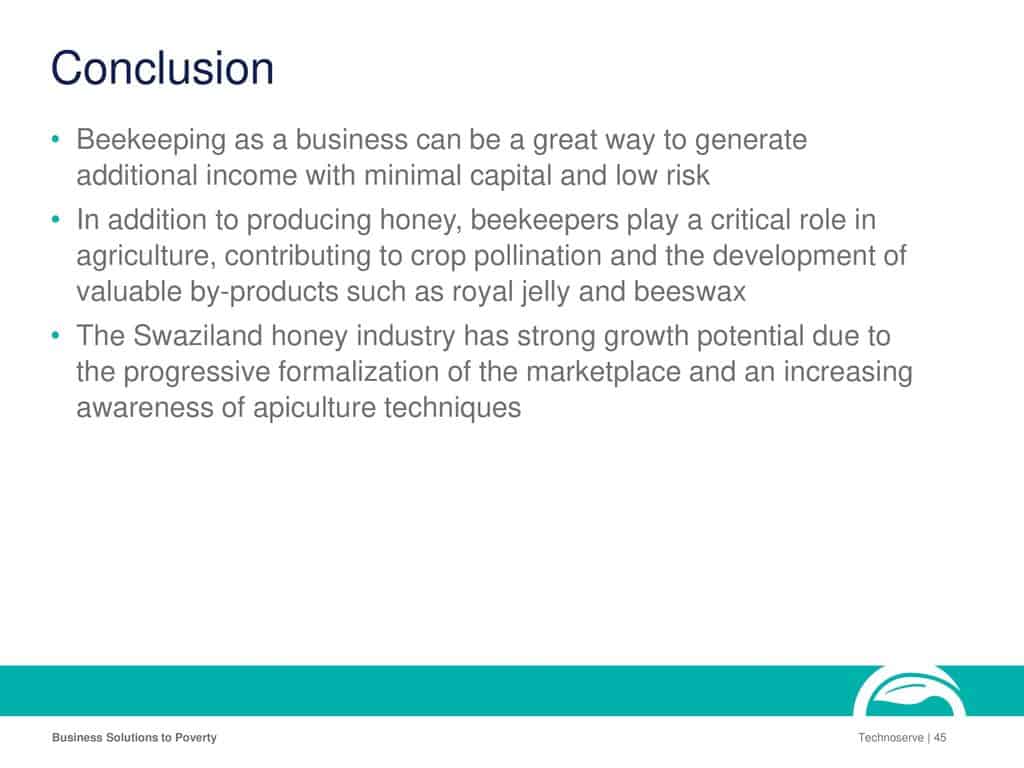
Beekeeping is an exciting and rewarding hobby that can provide you with a unique insight into the world of honey bees and the vital role they play in our environment. Keeping a healthy bee colony is essential to ensure the production of high quality honey and other bee products. A successful beekeeper must understand the basics of bee biology, recognize potential problems, and learn how to provide the best possible environment and care for their bee colony.
By following this guide and taking the necessary steps to build and maintain a healthy bee colony, you can be sure that your bees will thrive and provide you with an abundance of honey and other bee products.
Understanding the basics of bee biology, recognizing potential problems, and taking the necessary steps to provide the best possible environment and care for your bee colonies is the key to success in beekeeping.
References
| Title | Author | Date |
| The Basics of Beekeeping: How to Start a Honeybee Colony | Matt Weik | March 18, 2019 |
| What is a Bee Colony? | Gina Trowbridge | August 12, 2020 |
| Honey Bee Colony Health: A Guide for Beekeepers | Kelsey Graham | July 27, 2019 |
| The Benefits of Keeping Colonies of Bees | David Welch | February 28, 2020 |
Frequently Asked Questions
How can beekeeping help to create a healthy bee colony?
Beekeeping is an essential part of maintaining a healthy bee colony. Beekeepers are responsible for providing the right environment for their bees to thrive. This includes providing an appropriate diet and clean, safe housing for the bees. Beekeepers also monitor the hive for signs of disease and parasites, and take steps to ensure a healthy population. Additionally, beekeepers must ensure that the hive is properly ventilated and protected from predators. By monitoring and taking the appropriate steps, beekeepers can create a healthy and thriving bee colony.
What is the Most Important Factor to Consider When Getting Started with Beekeeping?
- Location: Where you place your beehive is a critical factor to consider. It should be placed in an area that is free from pesticides and predators, while also having enough sunlight, water and food sources.
- Honeybees: You will need to choose the right honeybees for your hive. Some honeybees are better suited to different climates and conditions, so research which local honeybee species would be best for your area.
- Equipment: You’ll need to have the right equipment before getting started. This includes a beehive, frames, gloves, protective clothing, a smoker, an extractor and a bee brush.
- Knowledge: You should educate yourself about beekeeping before getting started. Read books, join forums and take classes to gain a better understanding of the process.
- Time: Beekeeping takes time and effort. You’ll need to be prepared to invest time and energy into caring for your bees and monitoring their progress.
Beekeeping can be a rewarding and fulfilling endeavor, but it is also a responsibility. Knowing what to consider when getting started is key to ensuring you have a healthy and successful bee colony.
Are there any special techniques or tools used in beekeeping?
Beekeeping is a craft that requires special techniques and tools. To ensure a healthy bee colony and successful beekeeping, it is important to understand the various tools and techniques used. These include:
Smokers – A smoker is a tool used to calm bees when they are disturbed. It produces smoke that helps to mask the pheromones that bees release when they become agitated, which in turn keeps them calm.
Veils – A beekeeper’s veil is an essential piece of beekeeping equipment. It provides a barrier between the beekeeper and the bees, protecting the beekeeper from bee stings.
Hive Tools – Hive tools are used to open and inspect bee hives. They are long and thin and have a sharp edge or hook that is used to pry apart the hive boxes.
Feeders – Feeders are used to provide food for the bees. They come in many different shapes and sizes and can be used to feed the bees sugar syrup, pollen patties, or other bee feed.
Queen Excluders – Queen excluders are used to keep the queen bee from laying eggs in the honey supers. They are metal frames with small holes in them that allow worker bees to pass through, but not the queen.
Hive Stands – Hive stands are used to raise the hive off the ground and make it easier to inspect. They also help to keep the hive dry and provide a stable base for the hive.
These are just a few of the techniques and tools used in beekeeping. With the right tools and techniques, beekeepers can ensure that their colonies are healthy and their honey is of the highest quality.
What are the Potential Risks Associated with Beekeeping?
Beekeeping is generally a safe activity, but there are some potential risks associated with it. Bee stings can cause an allergic reaction, and even the most experienced beekeeper can sometimes be stung. Protective clothing and safety equipment should be worn when dealing with bees. It is also important to be aware of the local laws and regulations regarding beekeeping, as well as other potential risks, such as diseases, parasites, and pests that can affect bee colonies. If you are new to beekeeping, it is important to do your research and understand the risks before starting.
How can beekeepers ensure the safety of their bee colonies?
- Maintain Healthy Hives: Regularly check hives for signs of disease, pests, and other potential threats. Treat any problems immediately and follow best practices for preventing future issues.
- Practice Good Hygiene: Wear protective clothing, gloves, and a beekeeper’s veil when handling bees. Clean and sanitize beekeeping equipment between uses.
- Reduce Stress: Minimize stress on colonies by avoiding overcrowding and providing adequate nutrition. Monitor the colony’s population and remove any bees that appear to be weak or ill.
- Provide Adequate Ventilation: Poor ventilation can lead to overheating, which can cause bee deaths in large numbers. Be sure to provide adequate ventilation in hives.
- Be Aware of Predators: Be aware of potential predators such as skunks, raccoons, and bears, and take steps to protect your hives from them.
- Monitor Weather Conditions: Monitor weather forecasts and take precautions to protect your hives from extreme temperatures and weather events such as heavy rains.
By following these simple steps, beekeepers can ensure the safety of their bee colonies and help to ensure a healthy and productive hive.
Conclusion

Beekeeping is an enjoyable and rewarding activity that can benefit both beekeepers and their local environment. Understanding the basics of beekeeping and bee biology is essential for success in the apiary. By understanding the needs of the bee colony, beekeepers can create a healthy and productive apiary, providing a safe and productive home for the bees and allowing for the sustainable production of honey and other bee products.
